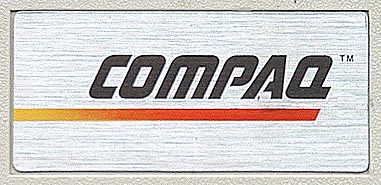In March 2007, Paul Dixon writes:
As an old Compaq employee, it was interesting to read the sections on Compaq computers, but I have a couple of
comments.
I have frequently read the story of how Compaq supposedly created a 100% compatible BIOS, but this is not really
correct. It is true that Compaq had programmers who had seen the IBM BIOS listings, and many who had not.
This was always ascertained in interviews by somewhat cunning means. Programmers who had read the BIOS were known
as dirty and others were known as clean. Dirty programmers were banned from working on the BIOS, but could work on
the other big project which was BASIC.
Functionality of the IBM BIOS was not determined by looking at IBM code - this was banned. In fact, functionality
was determined by a process known as "black boxing", which involved treating the BIOS as a black box and feeding
every possible input to it and recording the output.
For example, the keyboard driver was written by Steve Flannigan who had written the code for Silent 700 terminals
at TI. He produced what appeared to be a fully compatible set of routines, but was told by someone that his code
was only 50% of the size of IBM's. Compaq never found out why IBM's code was so much bigger, and no
incompatibilities were ever attributed to this section of the BIOS, but hours were spent in trying to find
additional functionality.
No one in Compaq ever declared that the BIOS was 100% compatible. The figure was a moving target, keeping a
systems engineering department on their toes for years.
|


 More than a mere IBM clone, the Compaq Portable is something different, it's transportable, designed so
it can easily be taken aboard an airliner as carry-on luggage.
More than a mere IBM clone, the Compaq Portable is something different, it's transportable, designed so
it can easily be taken aboard an airliner as carry-on luggage.